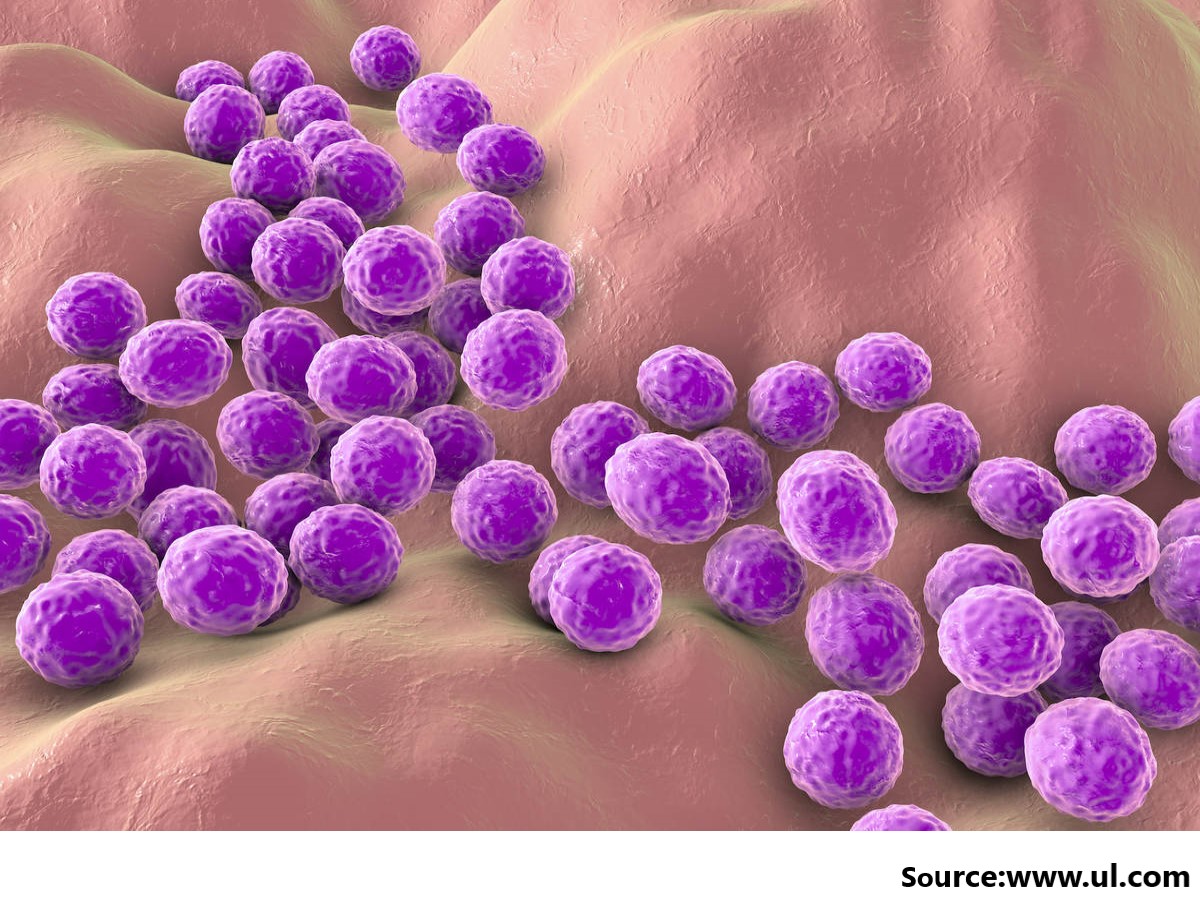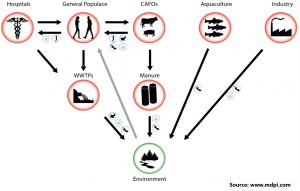The spread of antibiotic resistance has increased interest in combination-based treatments. Despite extensive research into the effects of drug combinations on bacterial growth, Much less is known about their effects on bacterial long-term clearance, particularly at cidal, clinically relevant concentrations.
The authors systematically quantify Staphylococcus aureus survival during prolonged exposure to pairwise and higher-order cidal drug combinations using microplating and automated image analysis. They discovered that clearance interactions are qualitatively different, frequently showing reciprocal suppression whereby the efficacy of the drug mixture is weaker than any of the individual drugs alone, by quantifying growth inhibition, early killing, and longer-term population clearance by all pairs of antibiotics. Furthermore, unlike growth inhibition and early killing, clearance efficacy decreases rather than increases with the addition of more drugs. Specific drugs that target non-growing persisters, however, avoid these suppressive effects.
In vitro and in a Galleria mellonella larva model, competition experiments show that reciprocal suppressive drug combinations select against resistance to any of the individual drugs, even counteracting methicillin-resistant Staphylococcus aureus. As a result, using a -lactamase inhibitor to potentiate treatment against -lactam-resistant strains may reduce rather than increase treatment efficacy. These findings highlight the importance of mapping the long-term clearance efficacy of drug combinations in order to design more effective, resistance-proof multidrug regimens.
To know more, please visit the website of Nature (Link).







